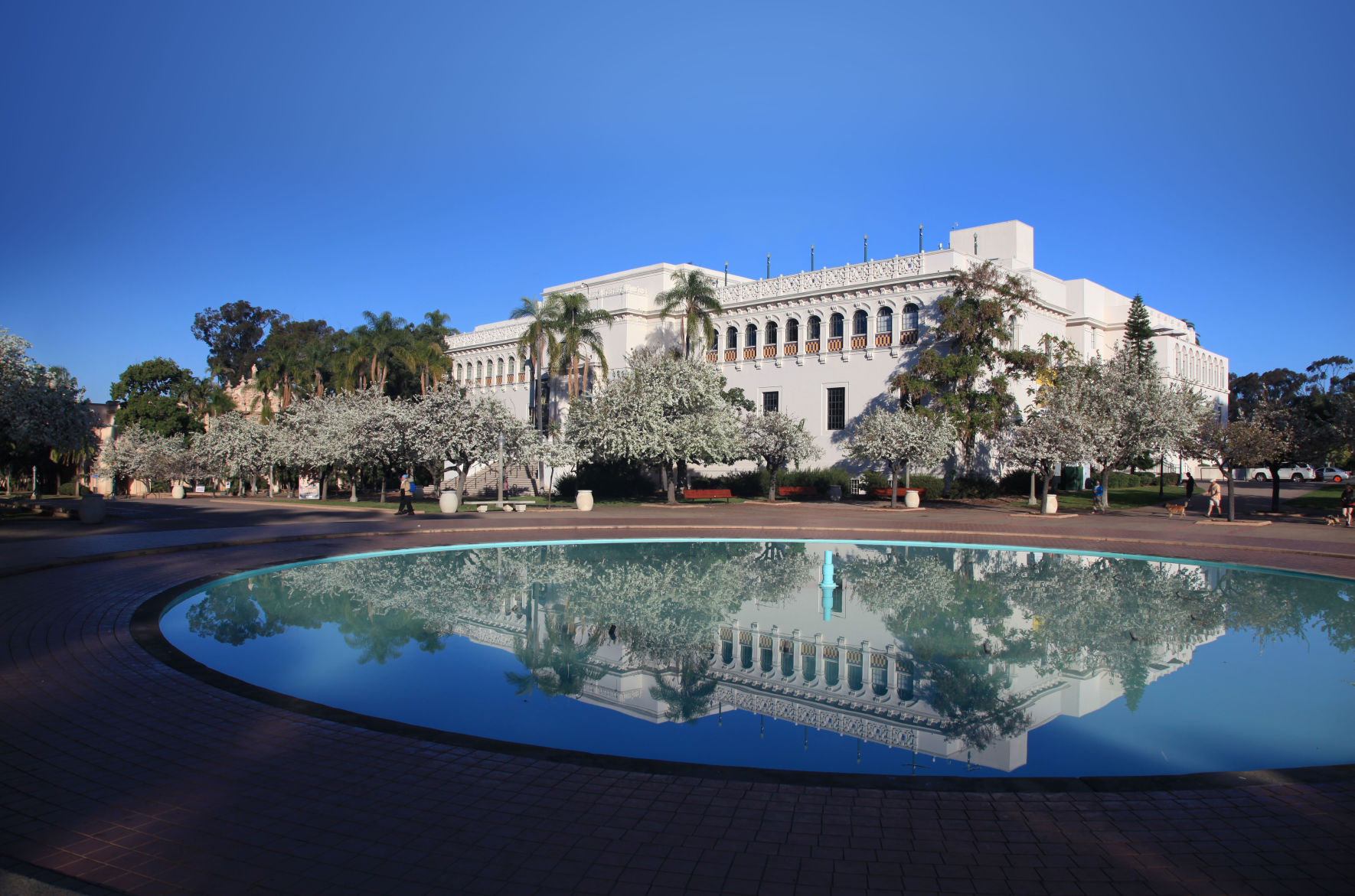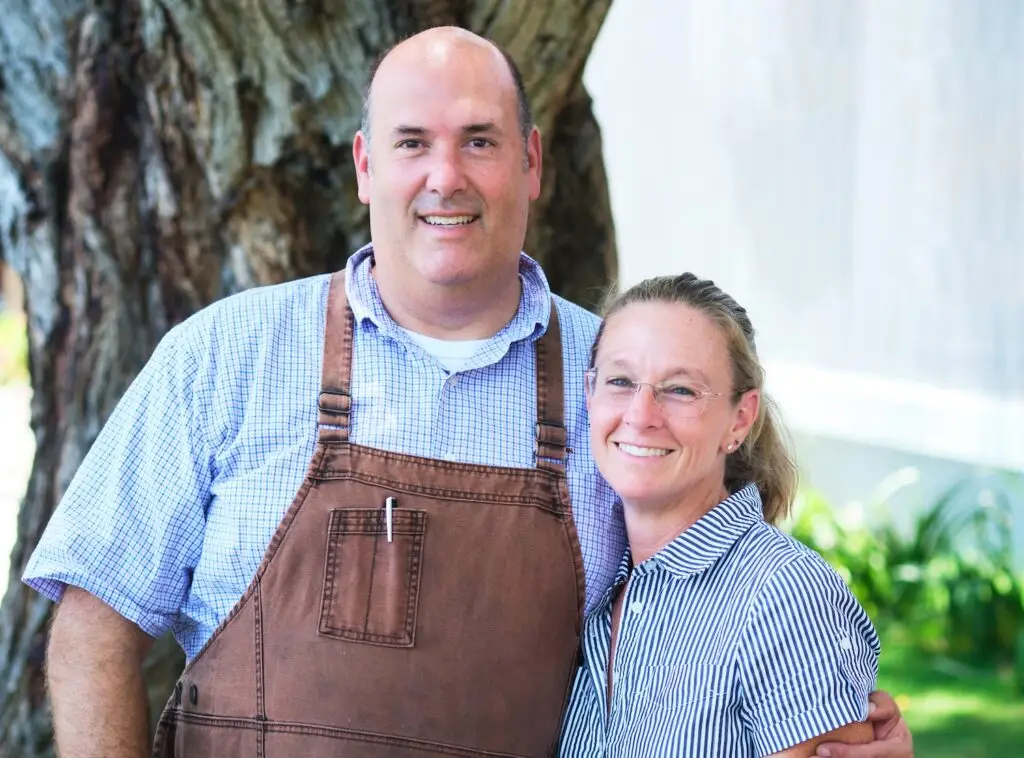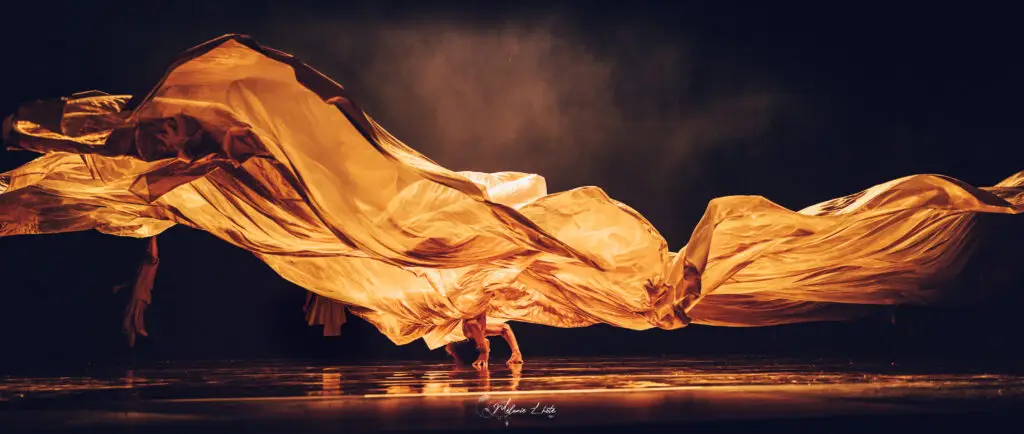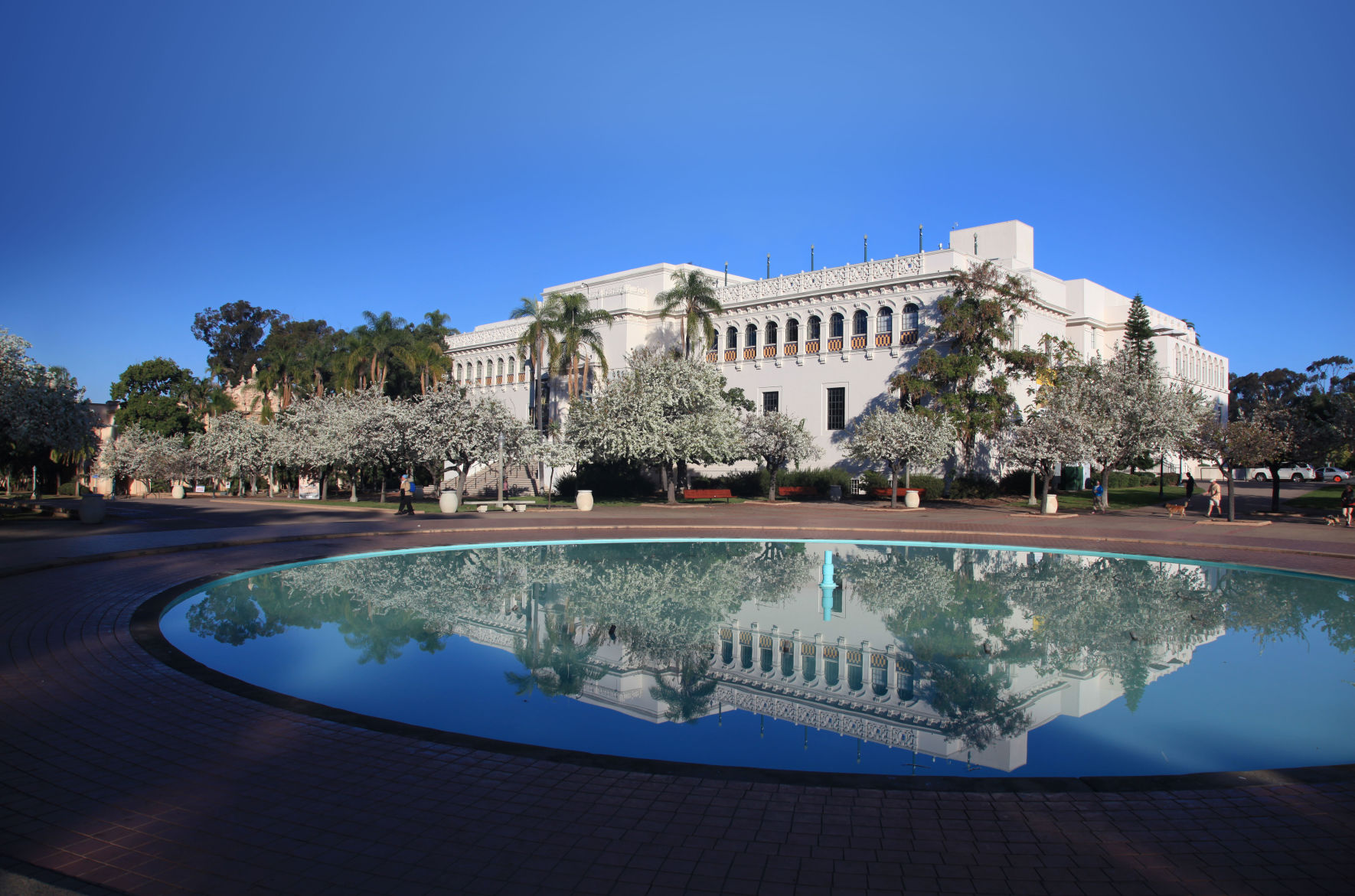More Than a Museum
“Do you want to see my beetle collection?” That was the pickup line from railroad surveyor Oliver Sanford to attorney Daniel Cleveland that would eventually lead to the San Diego Society of Natural History. The society comprised just 10 members when it was incorporated in 1874 (it welcomed its first two female members a year later) and served as a club for nature hobbyists to compare specimens and collect them together throughout Southern and Baja California, with a stated mission to study nature, diffuse information, and collect and preserve materials pertaining to natural sciences. Now the third oldest scientific institution west of the Mississippi, the society boasts a museum, 7,000 members, and a history of advocation for the preservation of local natural resources.
Balboa Park or Bust
It took 38 years for the society to find a physical space to showcase its collections, opening its first exhibit in a room at Hotel Cecil in 1912. Five years later, it moved into the Nevada Building in Balboa Park and officially opened the San Diego Natural History Museum, aka The Nat. When that building was demolished to make way for the San Diego Zoo, The Nat relocated to the Foreign Arts Building (now the Prado) and once more into the Canadian Building (now MoPA). It finally found a permanent home thanks to a $125,000 donation from Ellen Browning Scripps to construct a new building by William Templeton Johnson (he also designed the San Diego Museum of Art). It opened in 1932, and saw a 90,000-square-foot extension in 2001.
Specimens in Order
The society took a while to get its collections in order, officially cataloguing its first entry in 1926—a southern alligator lizard collected at Mission Gorge. The Nat now has eight million specimens, many of which predate the society’s founding. Among its archives are rare books from 1514, a hand-drawn map of Jamaica from 1794, and 14 bird specimens from 1874, including extinct California parakeets. Its oldest species is a ring-necked snake, dissected into four pieces, collected in 1891 by Charles “The Cactus Man” Orcutt. War Zone In San Diego, World War II meant city-wide Navy support. On March 5, 1942, the military announced it would be repurposing The Nat into a hospital. That meant rolling in 960 beds and installing elevators wide enough to accommodate gurneys. Much of the society’s collection was temporarily housed in 30 locations around the county—schools, private homes, even the zoo. Larger exhibits remained in storage at the museum, though some didn’t survive damage from mice and insects. The Nat reopened in 1949, with a few new specimens collected and donated by service members during their stewardship.
Putting On a Show
The society’s exhibitions have evolved immensely since its Hotel Cecil beginnings. The 2007 Dead Sea Scrolls exhibit, for instance, took special care to install, given the fragile artifacts—written between 150 BCE and 70 CE—were on loan from as far away as Israel, Jordan, Russia, and Ethiopia. The most painstaking exhibit to date was 1985’s Dinosaurs: The Beasts Are Back, which required a hole cut through the second-floor wall to move robotic dinosaurs in by crane. The permanent Foucault pendulum remains a crowd favorite. Installed on the main floor in 1957, the perpetually swinging weight precesses in a circle throughout the day, proving that the Earth rotates.
On View Now: Hidden Gems
November 10-TBA
San Diego Natural History Museum
1788 El Prado, Balboa Park
sdnat.org
sdnhm

PARTNER CONTENT
Inside the Icon: The Nat


















